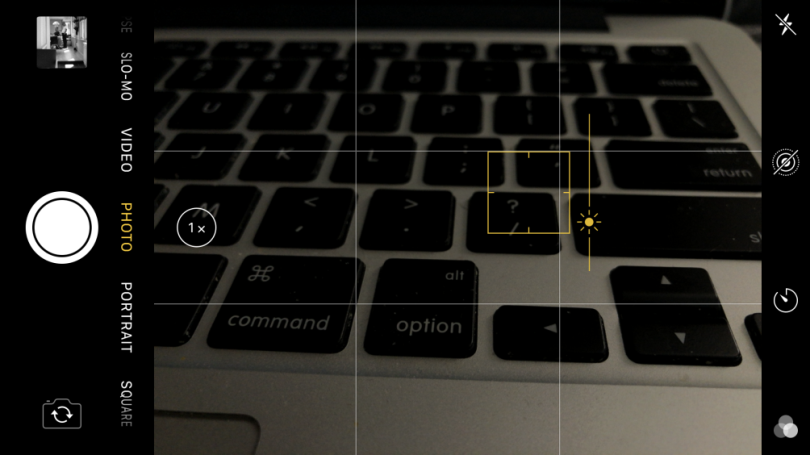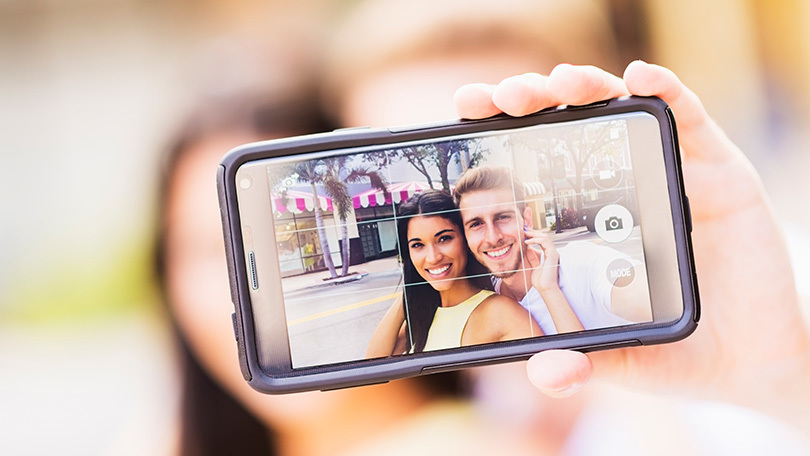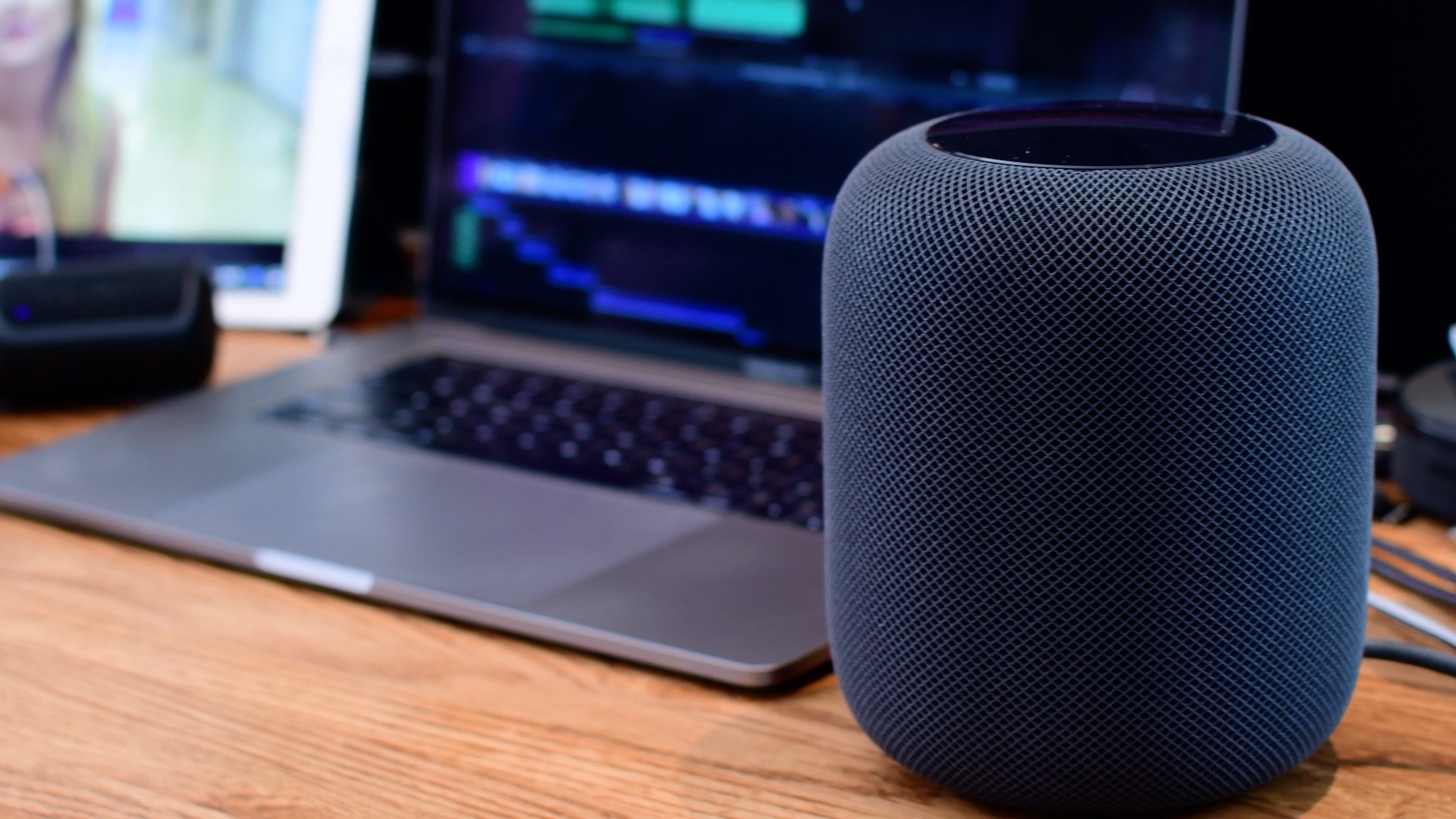1.Start with a good camera phone
The phone camera quality has enjoyed a big leap forward in quality over the past couple of years. If you’re using an older handset, chances are the camera isn’t up to snuff. If camera quality is a priority when shopping for a new one, make sure you peruse our list of the top camera phones we’ve tested. But remember that you really can’t go wrong with the latest Apple iPhone, Google Pixel, or Samsung Galaxy devices.
2.You need to look for the light
Phones have the bright lenses, but sensors are much smaller than you find in a premium compact camera with a 1-inch sensor like the Canon PowerShot G7 X Mark II. That gives them a distinct disadvantage in image quality in dim lighting. To get the best shots, look for opportunities where your phone’s sensor can shine. If you’re indoors, try to set up your shot so there’s light falling on your subject—some window light will do more to improve your photos than a new phone or camera. It’s always a better option to find good light as opposed to using your phone’s underpowered LED flash.
3.Learn how to adjust exposure

Well, the phones are the modern point-and-shoot, but the apps that run their cameras typically offer some level of manual control. The most basic adjustment you can make is exposure—brightening or darkening a scene—and using it effectively can turn a bland image into a head-turner. Use it to brighten the shot of your fancy dinner to make it perfect for Instagram, or to darken shadows in a portrait for a more dramatic look.
The feature is not labeled the same. On an iPhone you’ll want to drag the sun icon, to the right of the focus confirmation box, up to brighten an image or down to darken it. Android phones typically have the more traditional +/- icon for exposure adjustment.
4. Remember! Turn On Your Grid

Pro SLRs typically have framing grids in the viewfinder window to help you better square up shots and conform to compositional guidelines like the rule of thirds.
You could turn on the same thing in your phone’s camera app. Adding a grid line gives you help in keeping the horizon straight and is a big plus for portraits in front of famous landmarks. With the notable exception of the Leaning Tower of Pisa, it’s generally a good idea to keep upright structures perfectly vertical in your photos.





